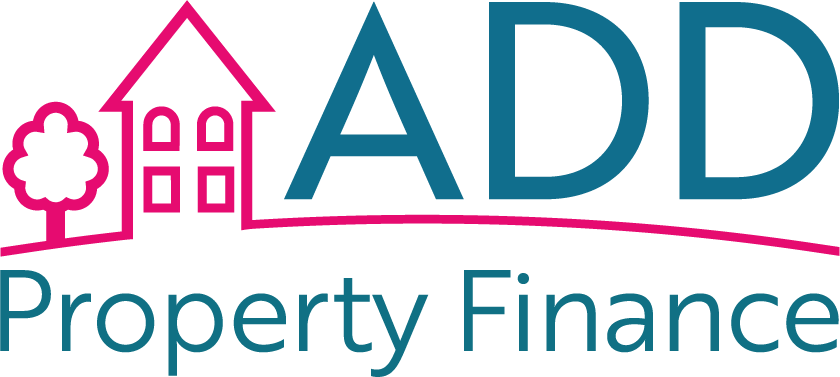Property investors often turn to bridging loans to capitalize on promising real estate opportunities. While these loans offer flexibility and speed, they also come with inherent risks. However, with careful planning and risk mitigation strategies, property investors can navigate the world of bridging finance with confidence. In this article, we’ll explore key tips for mitigating risks associated with bridging loans.
1. Thorough Due Diligence
Before jumping into any property investment project, conduct thorough due diligence. Research the property’s market value, condition, and potential for appreciation. Verify all property-related details and ensure the project aligns with your investment goals.
2. Comprehensive Exit Strategies
Having a well-defined exit strategy is paramount when using bridging loans. Consider your options for repaying the loan, such as property sale, refinancing, or using other assets as collateral. A clear exit plan minimises the risk of defaulting on the loan.
3. Accurate Cost Projections
Create detailed cost projections for your project, including acquisition costs, renovation expenses, and holding costs. Ensure you have a realistic understanding of the financial commitments involved to prevent unexpected shortfalls.
4. Contingency Funds
Set aside contingency funds to cover unexpected expenses. Bridging loans are short-term, and unforeseen costs can jeopardize your ability to repay the loan promptly. Having a financial buffer provides peace of mind and helps mitigate risks.
5. Diligent Lender Selection
Choose a reputable and experienced lender with a track record of transparent practices. Research lenders thoroughly, read reviews, and seek recommendations from other property investors. A trustworthy lender can make a significant difference in your bridging loan experience.
6. Thorough Property Inspection
Hire qualified professionals to inspect the property thoroughly. Identify potential issues that could lead to additional costs or project delays. Address these concerns before finalising the loan agreement.
7. Exit Before Loan Maturity
Whenever possible, aim to exit the bridging loan before its maturity date. Early repayment can reduce overall interest costs and minimise the risk of rising interest rates impacting your investment.
8. Monitor Market Trends
Stay informed about property market trends and economic conditions. A changing market can influence your property’s value and your exit strategy. Being adaptable and responsive to market shifts is a key risk management strategy.
9. Seek Professional Advice
Consider consulting with financial advisors, mortgage brokers, and real estate experts. Their insights and guidance can help you make informed decisions, especially when navigating complex financial arrangements like bridging loans.
10. Maintain Financial Discipline
Exercise financial discipline throughout the project. Keep accurate records of expenses, track timelines, and adhere to your budget. This discipline ensures that the project remains on track and minimises financial risks.
Conclusion
Bridging loans offer property investors a valuable tool for capitalising on real estate opportunities. However, they also come with inherent risks. By implementing these risk mitigation strategies, investors can confidently use bridging loans to fund their projects while minimising potential pitfalls. With careful planning, due diligence, and a proactive approach to risk management, property investors can achieve their investment goals and maximise the returns on their ventures.







